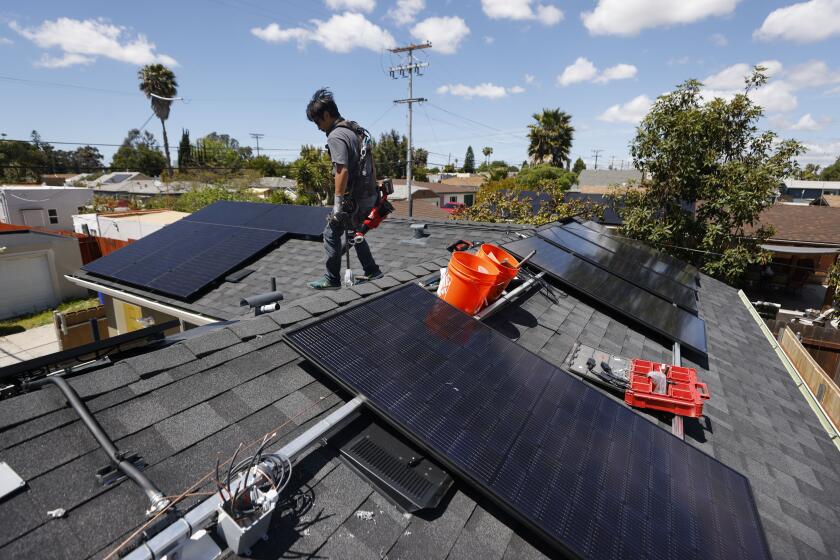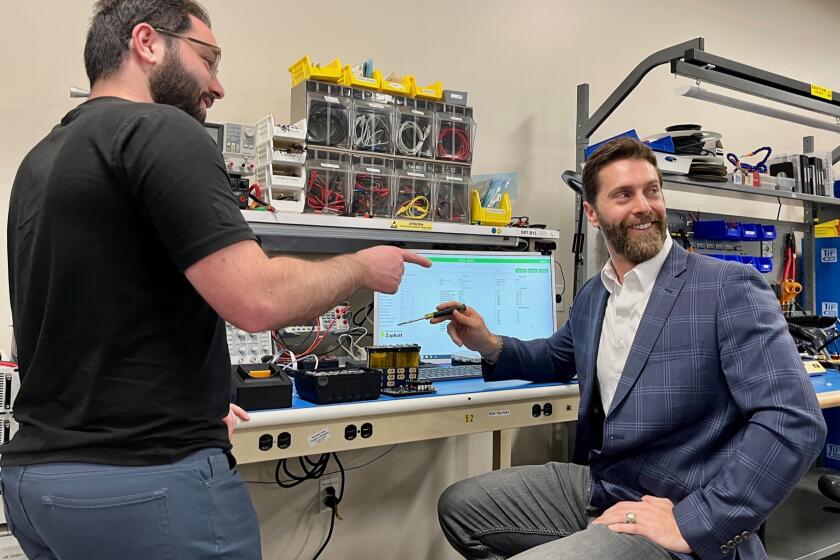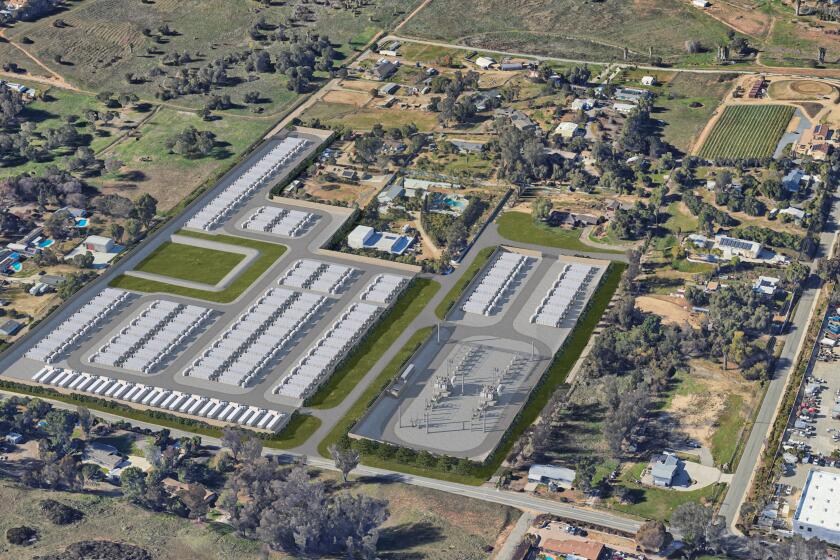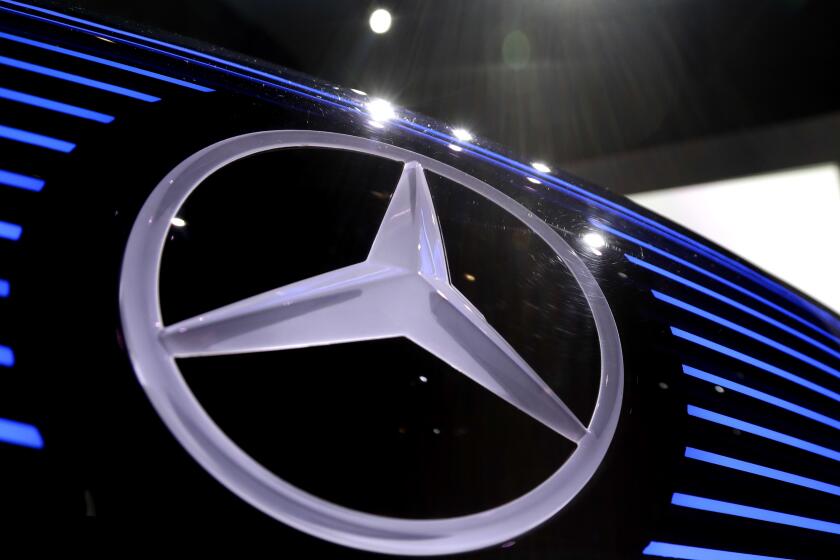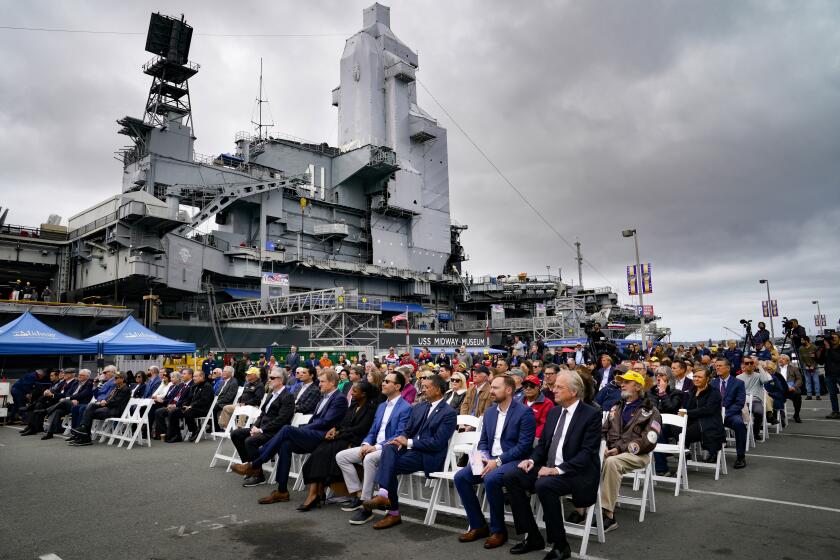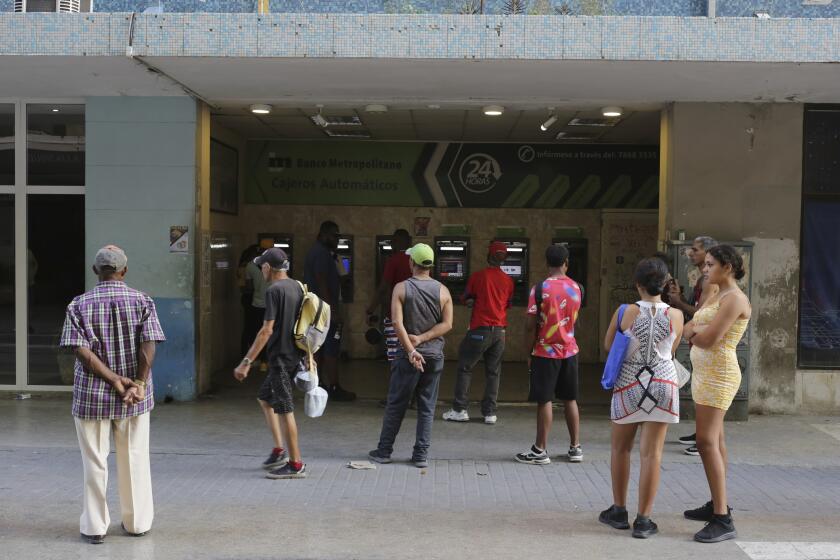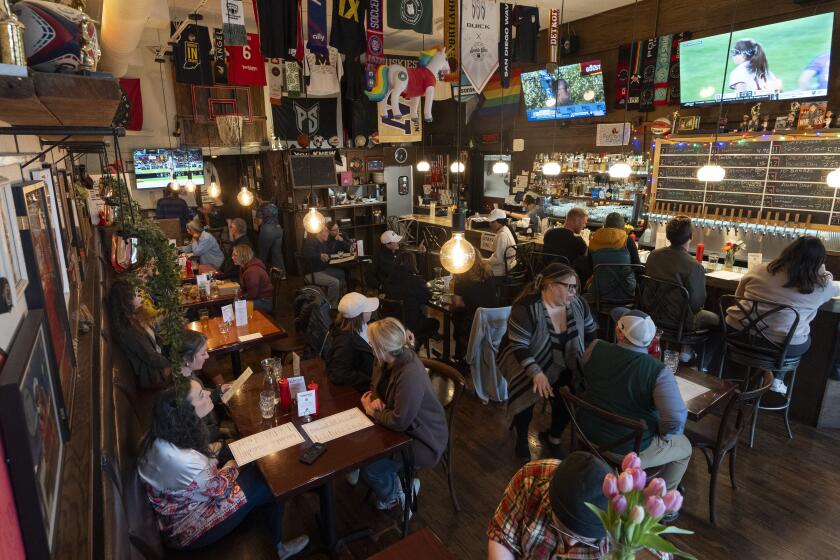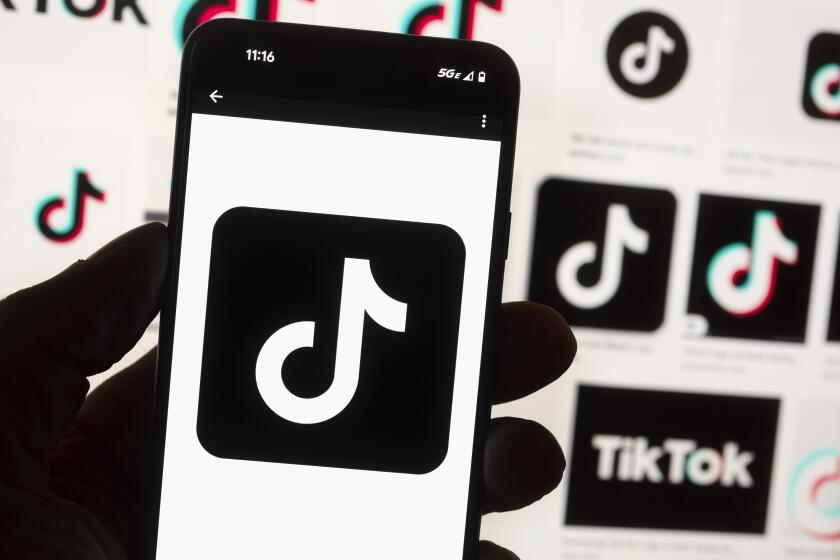The energy transition: ‘The days when people couldn’t pay attention to their electricity supply are over’
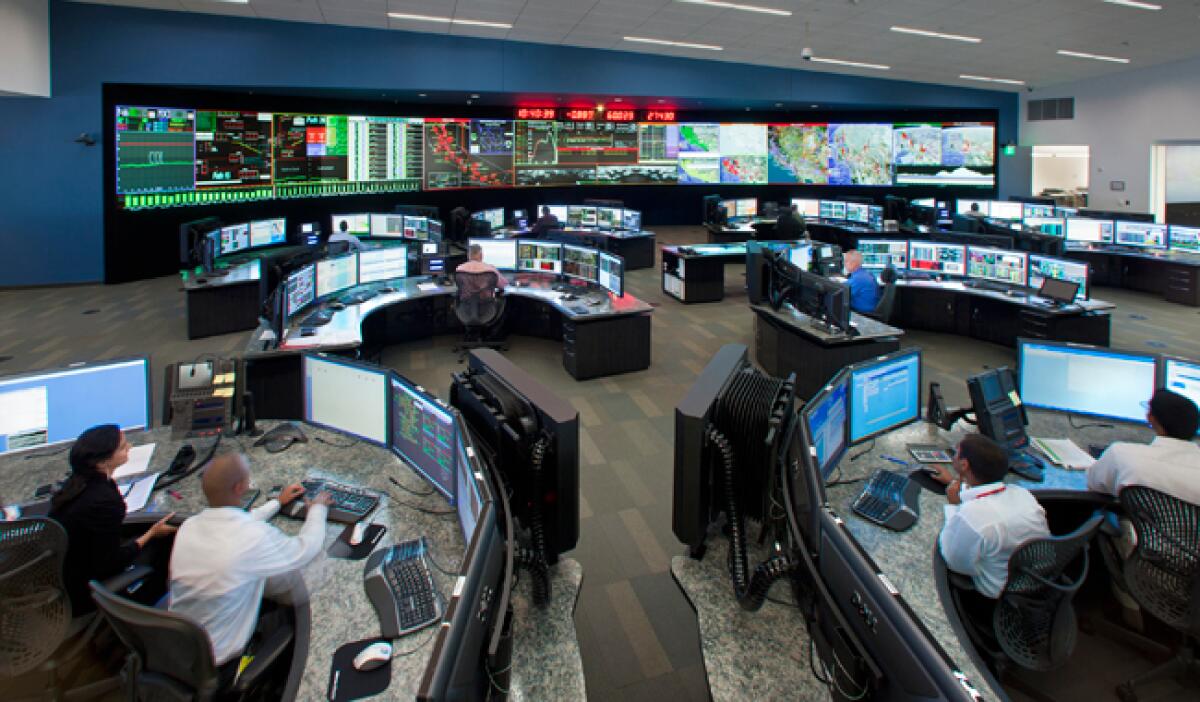
California seeks to create an electric grid that’s clean, reliable and affordable but it comes with costs.
California is going through a dramatic energy transition. The state has set a goal to derive 100 percent of its electricity from carbon-free sources by 2045 and last week Gov. Gavin Newsom directed state agencies to look at moving the target up to 2035.
That means finding a way to eliminate greenhouse gas emissions from the state’s power grid while at the same time ensuring the power system remains reliable and affordable.
It’s a balancing act.
The California Independent System Operator, the nonprofit based in Folsom, manages about 80 percent of the state’s grid, including the San Diego region. It also runs a real-time energy market for utilities in eight western states. Known as the CAISO for short, its job is to make sure the lights stay on in California.
Last fall, Elliot Mainzer took over as the CAISO’s new president and CEO. A native of San Francisco with degrees from UC Berkeley and Yale, Mainzer replaced Steve Berberich, who retired shortly after a severe heat wave in August settled over the state and large portions of the West, resulting in the first rolling blackouts in California in nearly 20 years.
A root cause analysis pointed to multiple reasons for the outages, including a lack of energy imports from other states whose electric systems were also overwhelmed by the “heat dome,” transmission lines that went down, underperformance of some natural gas plants during the extreme weather and even a computer glitch.
The rotating outages also spotlighted what operators face when integrating renewable energy sources such as wind and solar onto the grid. For example, sunny California generates lots of solar energy during the day but at night, production drops to zero.
When temperatures soar, energy demand stays high into the early evening hours because utility customers keep running their air conditioners even as the sun sets because it’s still hot. System operators have to cover the reduction in solar output with other resources during this period of “net demand peak” — and they have to do it simultaneously to keep the grid’s reserve margins stable.
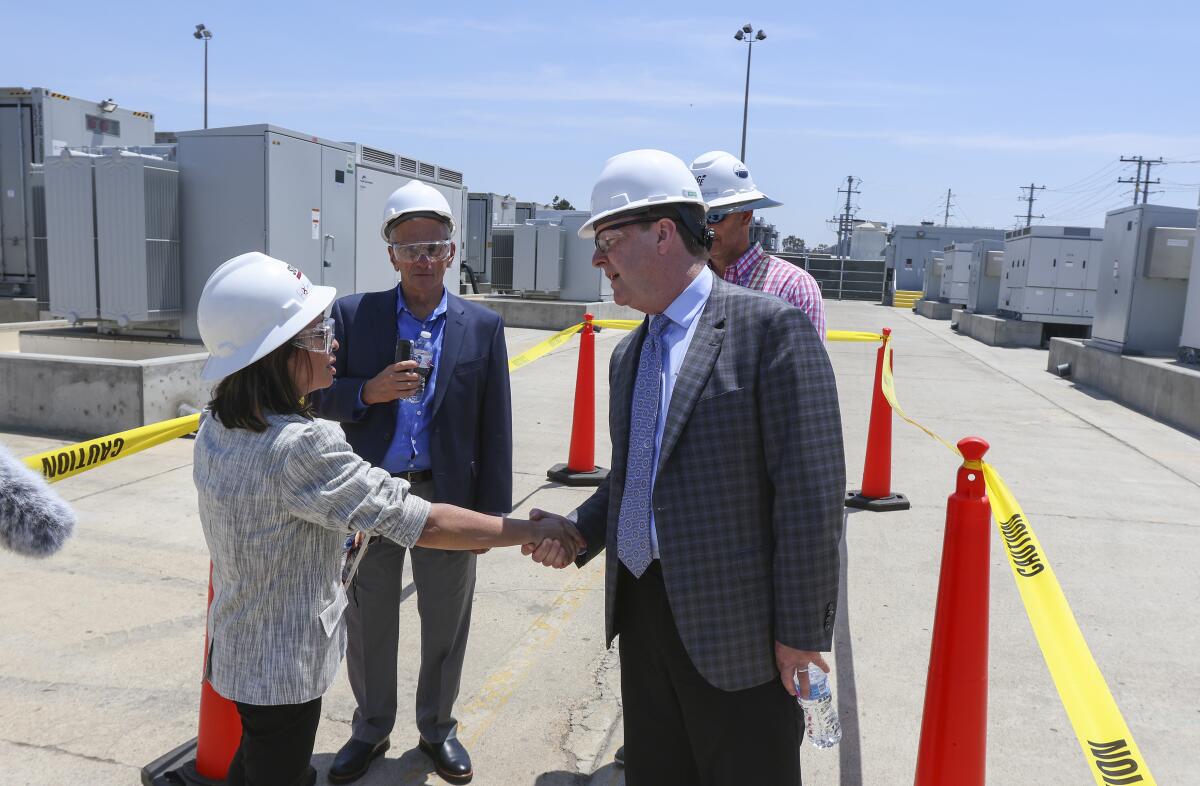
Adding energy storage resources onto the grid can help solve some of these problems and Mainzer recently took a tour of a 30-megawatt San Diego Gas & Electric lithium-ion battery storage project in Miramar called the Top Gun Energy Storage Facility.
Afterward, Mainzer sat down with the Union-Tribune to talk about the near-term and long-term issues involved in navigating California’s energy transition. The interview has been edited for space and clarity.
Q. You’re trying to balance reliability with low costs and clean resources. If you didn’t have concerns about costs and just wanted reliability, what would the grid look like? Would it just be all natural gas and nuclear?
A. Not necessarily. It’s an interesting question, but it’s kind of a hypothetical, right? Because there are limits to what we can spend. Energy storage is expensive today relative to traditional conventional alternatives. But if you think about all the global vehicle manufacturers that are moving to electric vehicles and all the new battery storage coming up the curve, you’re going to see a significant economies of scale and reduction in costs over time.
So I don’t think it’s axiomatic that the move to clean energy is necessarily going to be significantly more expensive than the status quo, but it will cost money. It will take capital. It will take focus and we are going to have to build infrastructure. We’re going to have to build transmission. We’re going to have to build substations. And we are going to have to build significant quantities of energy storage to shift the pattern of generation from daytime to nighttime.
Q. But if you’re going to build all these things, why is it not axiomatic that a clean grid is going to be less expensive or not as expensive as what we’ve got now?
A. Because I think you look at the total costs of not just people’s electricity supply, but their livelihoods. I came back down to work in California at the CAISO because I believe what the state has taken on in trying to hedge the most significant impacts of climate change, which I think could be almost inestimably expensive, is the right direction. It’s a necessary thing that has to happen.
So if the marginal cost of producing a megawatt hour of electricity increases to a certain degree, but we pair that with intelligent energy efficiency, with good demand flexibility, customer response, wise infrastructure investments and we can mitigate the worst impacts of climate change, I think the approach will be of net significant positive benefit to the people of California.
Q. California has some of the highest energy rates in the country. SDG&E has the highest rates in California. What would you say to people who say, I’m already paying a lot for electricity and now we’re going to be asked to pay more?
A. It’s a fair question. And I think those of us in the energy industry have a responsibility to explain exactly what’s happening on the ground, why we’re in this situation, to try to make sure that we’re getting the supply resources onto the grid and using their ratepayer dollars effectively and efficiently.
This gets a little touchy, but I honestly think the days when people couldn’t pay attention to their electricity supply are over. I think the idea that you can just flip a switch and you’re going to have lights all the time without knowing what it means, how your own actions — the appliances you use, the way you charge your car, the way you run your dishwasher, how you operate your lights — are going to matter.
You asked me, hey, if you could spend an infinite amount of money on reliability. Well, sure, you could overbuild and you’d never worry about it. But it’s expensive to put capacity in the ground. So if you can solve those periods of extreme but infrequent stress with a big contribution from load flexibility, it will save the grid money, it will keep rates under control and it’ll save consumers money.
Q. The Top Gun battery storage project here has a duration of four hours. But it’s nighttime for longer than four hours when solar is not producing power. How much of a hurdle will it be to get to eight hours or 10 hours?
A. The procurement order (issued last month by the California Public Utilities Commission to have power companies obtain 11,500 megawatts of new electricity resources to come online between 2023 and 2026) included longer duration storage. We are already acknowledging we need to move beyond four hours.
The other thing you’ll likely see, particularly as the costs come down, is layering the four-hour batteries across different times of the day. Say, this set of batteries is designed to store power for the 6 p.m. to 10 p.m. period. This set covers 10 p.m. to 2 a.m., this covers 2 a.m. to 6 a.m. You’ll layer them in. And this is why innovation, R&D, deployment and getting the cost curves down is going to be so important so you can build more of them more cost-effectively.
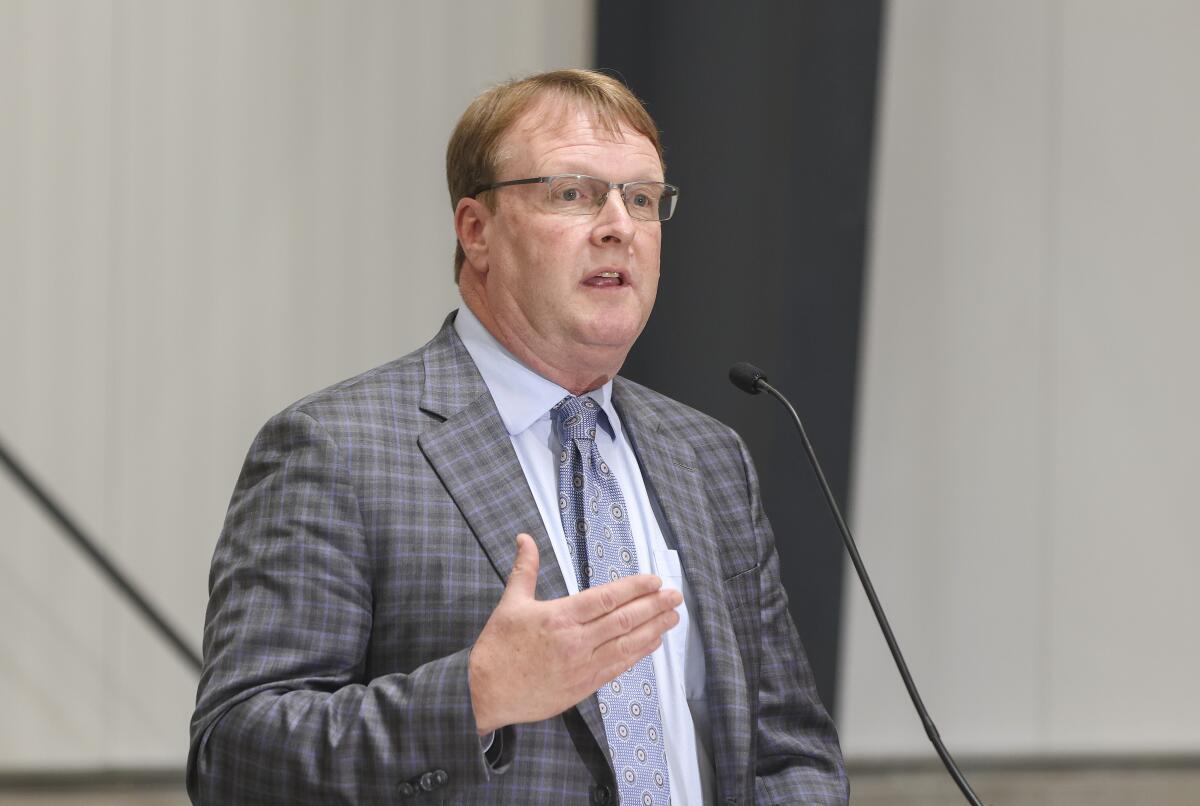
Q. It’s hard to balance all of these things. Will it be even harder in 2024 and 2025 when the 2,240 megawatts from the Diablo Canyon nuclear power plant go offline?
A. A key part of the resource procurement ordered by the Public Utilities Commission was aimed at replacing the energy capacity of that project. In the next few years, we really have to prioritize getting onto the grid resources that can replace both the reliability features and the energy content of that project.
Q. A lot of people say we should electrify everything. Does the CAISO believe we need to electrify everything or is that putting too many eggs into one energy basket?
A. I’m staying a little bit away from sort of “what the CAISO believes, what the CAISO doesn’t believe” questions because our role, really, is to work with California regulators, policymakers.
Q. Because you’re not setting policy?
A. We’re not setting the policy. They set the “what are we doing?” And we help with “the how.” And we try to bring an intellectually honest, creative problem solving to the table to help figure this stuff out.
Q. So when you look over this California energy transition landscape, looking into your crystal ball, are you nervous, confident, unsure about what happens?
A. Over the long term, I’m very optimistic. I think that there’s going to be tremendous innovation. I think the state’s leadership, people like Marybel Batjer (the president of the utilities commission), they understand what’s at stake here. I think we have a tremendous base of intellectual capital and technological innovation and investment in California. We have fabulous partners across the West.
The urgency and focus and coordination that is needed both within the state between the PUC and the California Energy Commission, state agencies, is absolutely essential. Working with our partners across the West to share resources and leverage diversity is important. If we practice those things, really try to stay ahead of the curve and constantly looking out and using the best analytical tools, the most cost-effective resources, the best partnerships, I think we’ve got a really good chance of success. But if those things fall apart, there’s a lot of risk.
Get U-T Business in your inbox on Mondays
Get ready for your week with the week’s top business stories from San Diego and California, in your inbox Monday mornings.
You may occasionally receive promotional content from the San Diego Union-Tribune.


